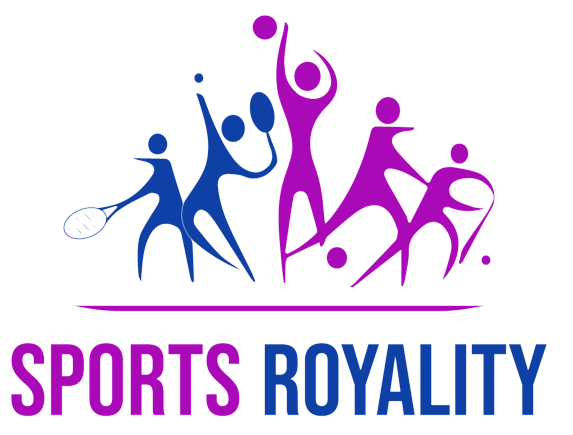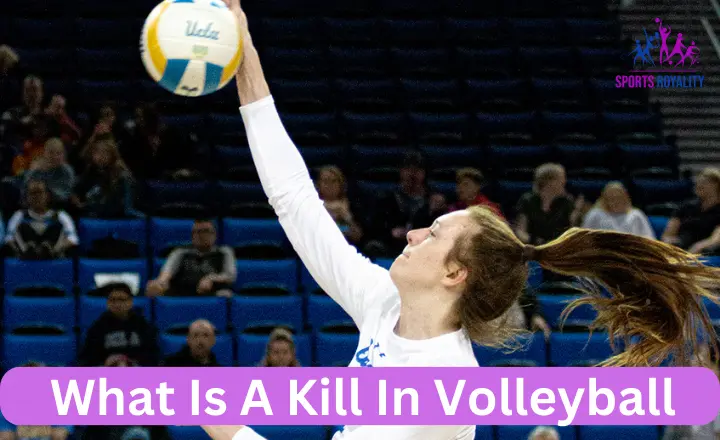Volleyball, a fast-paced and thrilling sport, is known for its dynamic plays and powerful spikes that electrify the crowd. Among the various terms used in this game, one that stands out is kill. But What Is A Kill In Volleyball mean? We will delve into the world of volleyball to uncover the true definition and significance of a kill.
From understanding how kills are awarded to exploring different types of kills, prepare yourself for an enlightening journey through the intricacies of this exhilarating aspect of volleyball. So let’s dive in and discover what a volleyball kill is truly spectacular.
Volleyball Kill Percentage:
Volleyball kill percentage is a valuable statistic that provides insight into a player’s effectiveness in spiking the ball. It measures the ratio of successful kills to total attempts, allowing us to gauge their accuracy and efficiency on the court. For example, if a player has 5 kills from 10 total shots, their kill percentage would be 50%.
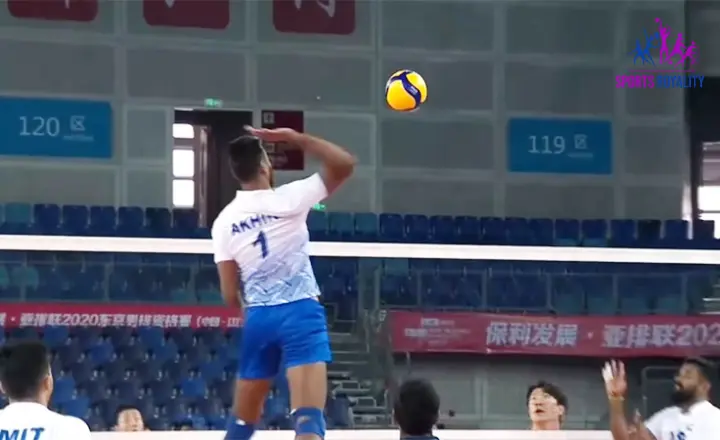
Kill Percentage Is A Flawed Metric
It is essential to recognize that more than this metric is needed to provide a complete picture of a player’s effectiveness on the court. While knowing how many kills a player has made can indicate their ability to score points, it fails to account for the errors they may have caused.
Player A has 10 attempts and manages to secure 5 kills. At first glance, one might think Player A had an impressive kill percentage of 50%. But what if those 5 kills were accompanied by 5 errors hitting the ball into the net or sending it out of bounds? In this case, the kill percentage gives us no insight into Player A’s efficiency and accuracy.
Kill Efficiency Is A Superior State:
Hitting percentage, or kill efficiency as it is often referred to, is a crucial metric in volleyball. It goes beyond counting the number of successful attacks and considers the number of errors a player makes. This ratio accurately measures how effectively a player can attack the ball.
It’s calculated as follows:
Kill efficiency = (Number of Kills – Number of Hitting Errors)/Number of Attack Attempts
What Is A Stuff Block In Volleyball?
A stuff block in volleyball refers to a defensive play where a player at the net jumps and blocks an attacking shot from the opposing team. The primary objective of a stuff block is to prevent the ball from crossing over the net and landing on its side of the court.
It can be achieved by timing the jump correctly and positioning oneself in front of the attacker, effectively using their hands or arms to redirect or stop the ball.
Executing a successful stuff block requires good timing, anticipation, and agility. It is an essential skill for middle blockers and outside hitters positioned near the net. A well-executed stuff block denies the opposing team a point and provides a morale boost for one’s team by showcasing solid defensive skills. It can force the attackers to adjust their shots or become more predictable, giving an advantage to the defending team.
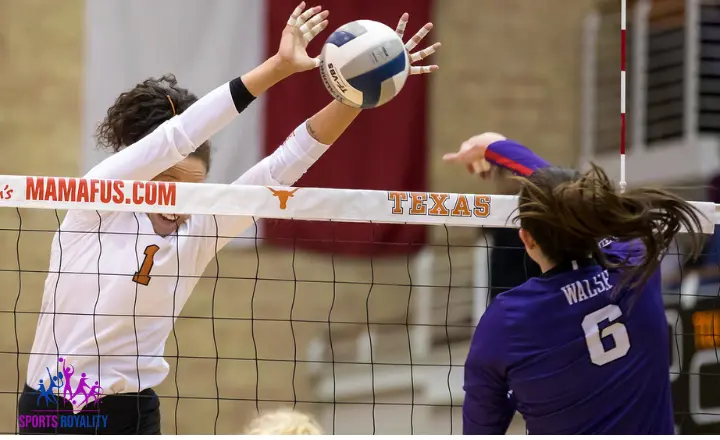
How Do You Get More Kills In Volleyball?
To get more kills in volleyball, one of the most crucial areas to focus on is improving your hitting technique. Here are a few tips to help you do just that:
Improve Your Hitting Technique:
Improving your hitting technique in volleyball, particularly spiking, can significantly affect your performance on the court. Spiking is often regarded as one of the most challenging skills to master in sports, but with focused and deliberate practice, you can enhance your technique and see substantial improvement.
It is crucial to prioritize consistency and accuracy. Start by working on your footwork and approach, ensuring a robust and explosive jump. Focus on timing your approach with the setter’s toss, allowing you to generate maximum power and precision in your spike.
Pay attention to your arm swing and hand placement, aiming to contact the ball at the highest point possible for optimal trajectory. Regularly practising these fundamental aspects of spiking will help refine your technique over time.
Improve Your Vertical Jump:
Improving your vertical jump is crucial in getting more kills in volleyball. A higher vertical jump allows you to reach higher and hit the ball with more power and accuracy, increasing your chances of getting kills.
To improve your vertical jump, focus on exercises that target your leg muscles, such as squats, lunges, and plyometric exercises like box jumps. Practising explosive movements like approach jumps can help you develop the necessary power and speed for successful kills.
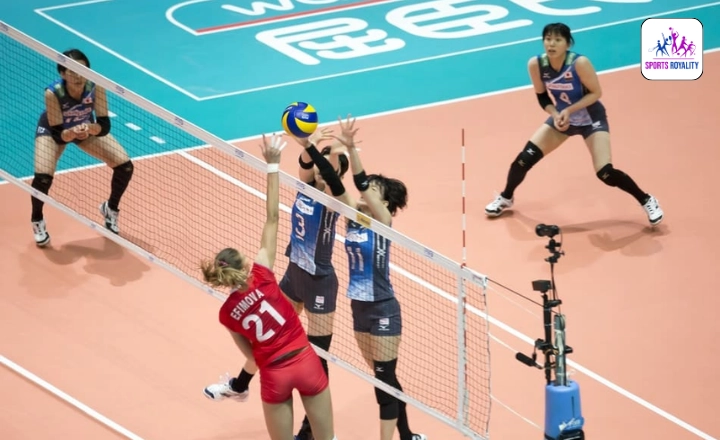
Swing Aggressively:
While swinging aggressively can be effective, working on your timing and accuracy is equally crucial. Practice your approach and footwork to ensure you’re in the right position to execute a powerful swing. Focus on developing a strong arm swing and follow-through, generating more power and increasing your chances of getting kills.
Increase Your Upper Body Power:
It can be achieved through various exercises and training techniques that strengthen your arms, shoulders, and core muscles. Incorporating push-ups, bench presses, shoulder presses, and planks into your workout routine can help improve your hitting power and accuracy.
Working on your technique and timing can also contribute to getting more kills in volleyball. Practising your approach and swing mechanics will help you generate more power behind your hits.
Run Quicker Offenses:
It means setting the ball faster and closer to the net, giving hitters less time for the opposing team’s blockers to set up. You can catch the blockers off guard by running quick sets and creating more opportunities for your hitters to score kills.
Another key aspect of running quicker offences is good communication and team coordination. The setter needs to quickly read the defence and make accurate sets, while the hitters must anticipate and adjust their approach accordingly. Practice drills focusing on timing and coordination can help improve these skills and increase your team’s kill count.
Practice Hitting Angles:
It is vital to practice hitting angles. It involves learning to hit the ball at different angles and directions, making it harder for the opposing team to defend. Work on developing a strong wrist snap and adjusting your body position to aim for specific court areas.
By practising hitting angles, you can increase your chances of scoring kills by finding gaps in the defence or by placing the ball where the defenders are not expecting it.
Practice Hitting The Line Shot:
The line shot refers to hitting the ball along the sideline, aiming for the area inside the boundary line. This shot is difficult for defenders to reach and can result in more successful kills.
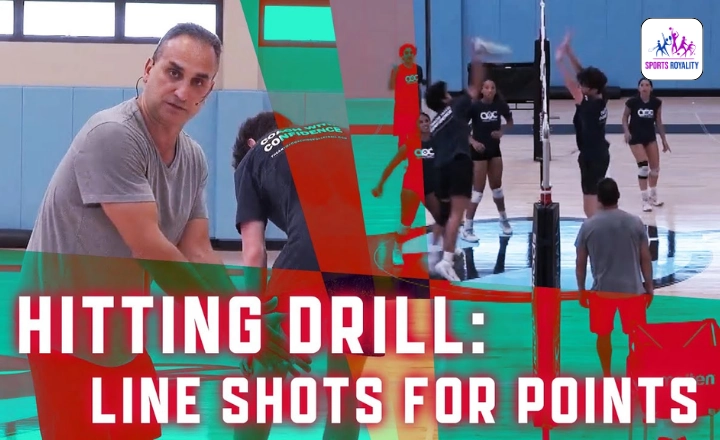
To improve your line shot:
- Focus on your footwork and positioning.
- Ensure you approach the ball from an angle that allows you to hit it towards the sideline.
- Work on your timing and technique to ensure a robust and accurate hit.
- Practice hitting the line shot repeatedly during drills and scrimmages to develop muscle memory and consistency.
Practice Hitting The Seam:
The seam refers to the gap between the two blockers on the opposing team. Aiming for this gap when spiking increases your chances of successfully hitting the ball past the blockers and scoring a kill.
They require precision and accuracy in your shots, so practising hitting the seam during training sessions can significantly improve your ability to score kills during games.
Aim For The International Hitting Zone:
One effective strategy is to aim for the International Hitting Zone. A national team coach coined this zone, a 3-foot imaginary border on the court beyond the attack line, and has successfully increased kill rates. By aiming for this zone, hitters make it harder for defenders to block their shots and increase their chances of scoring kills.
The International Hitting Zone provides an advantage for hitters, allowing them to exploit gaps in the defence and find open spaces on the court. Hitters can maximize their attacking opportunities and increase their kill count by targeting this zone.
It requires precision and skill to hit within this zone consistently. Still, with practice and technique refinement, players can improve their ability to score kills and contribute significantly to their team’s success.
What is the Opposite Hitter?
The opposite hitter, the right-side hitter, plays a crucial role in volleyball, often serving as an offensive powerhouse. Unlike the traditional outside or middle hitters, the opposite hitter is positioned on the right side of the court and has distinct responsibilities. This player contributes to scoring points and plays a crucial role in blocking and defending against opposing hitters. The opposite hitter’s strategic positioning allows for unique angles of attack and presents challenges for the opposing team’s defence.
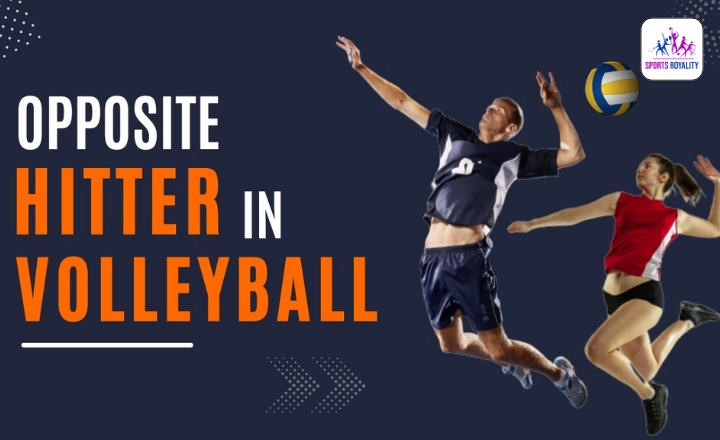
One fascinating aspect of the opposite hitter’s role is their ability to adapt to different game situations. Whether adjusting their approach based on the opponent’s block or finding innovative ways to outsmart defenders, this position requires versatility and quick decision-making skills. Effective communication between the setter and the opposite hitter is pivotal for creating adequate scoring opportunities. The dynamic nature of this position makes it both challenging and exhilarating for players who embrace its demands.
Understanding the significance of the opposite hitter brings a deeper appreciation for their impact on volleyball games. Their diverse skill set, strategic positioning, and adaptable play style make them vital to any successful volleyball team. Embracing offensive and defensive responsibilities with finesse, they embody agility and intelligence on the court, enriching every match with thrilling athleticism.
Play Against Weaker Opposition:
To increase your kills in volleyball is by playing against weaker opposition. When facing less skilled or inexperienced teams, you may have more opportunities to attack and score points. Weaker opponents might need help with proper positioning, blocking techniques, or defence, giving you a better chance to find open spots on the court and execute successful attacks. It can help boost your kill count and overall performance.
I have another suggestion about you wear Volleyball Knee Pads these are very helpful in Killing.
Final Words For What Is A Kill In Volleyball
In the above article, What Is A Kill In Volleyball? I will explain all the techniques. A kill in volleyball is a powerful and skilful attack that results in an immediate point for the offensive team. It requires precise timing, technique, and coordination among the players.
A successful kill can energize the team and shift the game’s momentum. Whether executed with a spike, tip, or roll shot, a well-executed kill is often the highlight of any volleyball match.
So, next time you watch a game or step onto the court, keep an eye out for these impressive shots and appreciate the skill and athleticism required to achieve them. Get ready to witness some exciting kills.
FAQ’s:
What is Scoring on a Spike called?
Scoring on a spike in volleyball is commonly referred to as a kill. A kill occurs when a player successfully spikes the ball over the net and lands on the opposing team’s side of the court, resulting in a point for their team.
What’s the difference between a spike and a kill in volleyball?
A spike is an offensive move where a player forcefully hits the ball over the net towards the opposing team’s court. A kill refers to a successful attack that results in a point being scored by the attacking team.
